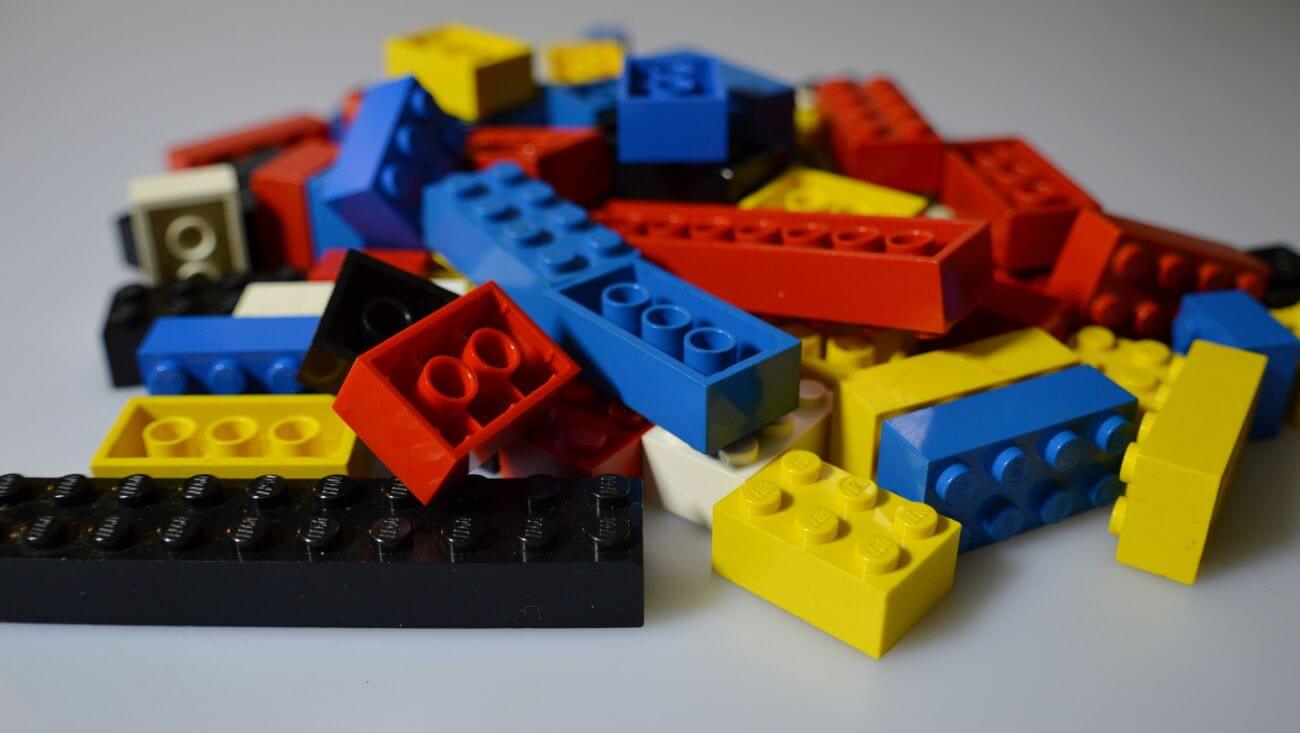A revolutionary AI model named LegoGPT is making waves by turning text descriptions into buildable Lego designs, and it’s now free for public use. Developed by a research team at Carnegie Mellon University and announced on May 9, 2025, this tool promises to spark creativity for Lego enthusiasts of all ages by simplifying the design process. As AI continues to reshape creative industries, LegoGPT could inspire a new wave of builders, though it also highlights the limitations and ethical considerations of AI-driven innovation.
LegoGPT uses a multi-step process to transform text prompts into stable Lego creations. It starts by converting a text input—such as “build a blue castle with towers”—into a ShapeNetCore mesh, which is then mapped onto a 20 x 20 x 20 voxel grid to create an initial brick layout. The AI employs an autoregressive model to predict the placement of each brick, ensuring stability by filtering out designs with floating or overlapping pieces. The final output includes step-by-step instructions, making it easy for users to bring their ideas to life. This approach builds on other AI-driven creative tools, like Google’s Gemini AI, which have made complex tasks more accessible.
The implications of LegoGPT are exciting for both casual builders and educators. A user can input a simple description, and the AI will generate a design that’s not only imaginative but also structurally sound, addressing a common issue with earlier 3D generation tools that often produced unbuildable models. In testing, LegoGPT outperformed alternatives like LLaMA-Mesh, achieving the highest percentage of stable structures. This makes it a practical tool for real-world use, whether for a child designing a spaceship or a teacher creating STEM projects. Its accessibility mirrors other AI innovations, such as Google’s Gemini 2.5 implicit caching, which streamline user experiences across industries.
Despite its potential, LegoGPT has notable limitations. The current version is restricted to a 20 x 20 x 20 building space and supports only eight standard brick types, limiting the complexity of designs. For instance, intricate builds like a detailed cityscape may be beyond its reach. Accessibility is another concern, as the tool requires internet access and digital literacy, which could exclude users in underserved communities—a challenge seen in other AI accessibility efforts. Privacy issues also arise, as text inputs are processed online, raising questions about data security, similar to concerns in recent AI privacy scandals. Additionally, the tool’s reliance on cloud-based processing could pose challenges for users with limited connectivity, a problem echoed in cybersecurity discussions.
The Carnegie Mellon team is actively working to address these constraints. They plan to expand the range of supported bricks and increase the building space, which could enable more complex designs. They’re also exploring integration with robotics, allowing LegoGPT designs to be built by machines, and potential applications in education to foster STEM learning. If these advancements come to fruition, LegoGPT could become a staple in creative and educational settings, much like how AI hardware innovations are paving the way for new user experiences.
LegoGPT demonstrates the transformative power of AI in turning ideas into tangible creations, making Lego design more inclusive and imaginative. However, its success will depend on overcoming its current limitations and addressing ethical concerns. What do you think about using AI to design Lego models—could this redefine creativity for future generations? Share your thoughts in the comments—we’d love to hear your take on this innovative tool.







